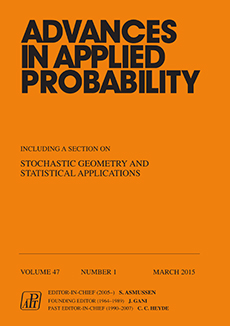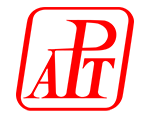Abstract
Let Sn,k denote the random graph obtained by placing points in a square box of area n according to a Poisson process of intensity 1 and joining each point to its k nearest neighbours. Balister, Bollobás, Sarkar and Walters (2005) conjectured that, for every 0 < ε < 1 and all sufficiently large n, there exists C = C(ε) such that, whenever the probability that Sn,k is connected is at least ε, then the probability that Sn,k+C is connected is at least 1 - ε. In this paper we prove this conjecture. As a corollary, we prove that there exists a constant C' such that, whenever k(n) is a sequence of integers such that the probability Sn,k(n) is connected tends to 1 as n → ∞, then, for any integer sequence s(n) with s(n) = o(logn), the probability Sn,k(n)+⌊C'slog logn⌋ is s-connected (i.e. remains connected after the deletion of any s - 1 vertices) tends to 1 as n → ∞. This proves another conjecture given in Balister, Bollobás, Sarkar and Walters (2009).
Citation
Victor Falgas-Ravry. Mark Walters. "Sharpness in the k-nearest-neighbours random geometric graph model." Adv. in Appl. Probab. 44 (3) 617 - 634, September 2012. https://doi.org/10.1239/aap/1346955257
Information





